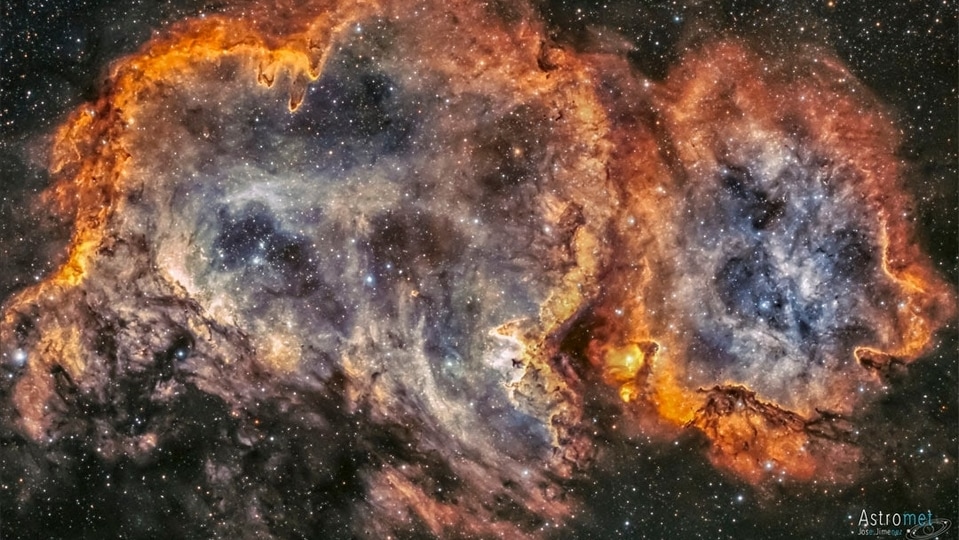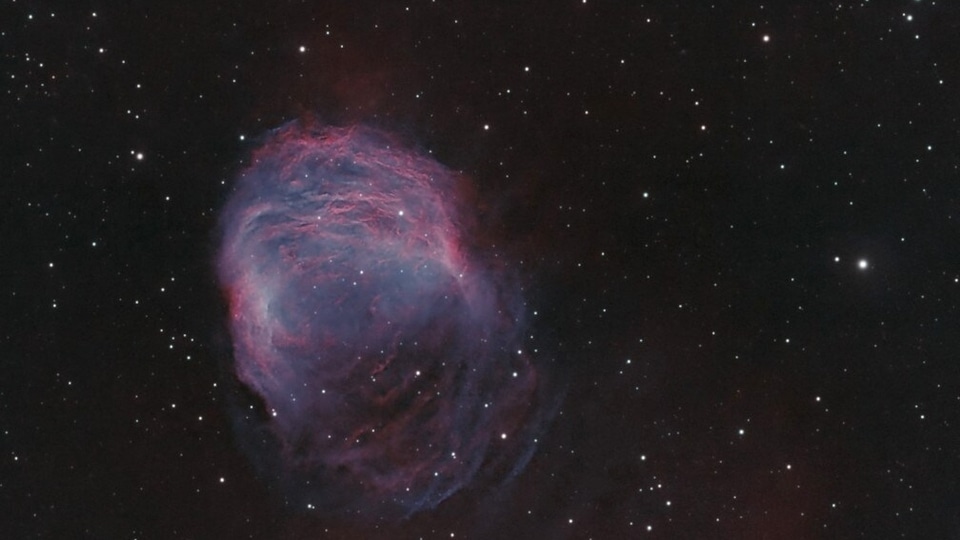NASA set to explore Quantum Tech and 3D printing for climate and space research
NASA is set to launch two Space Technology Research Institutes aimed at developing crucial technology for engineering and climate research.






 View all Images
View all ImagesNASA is eyeing two new institutes to advance technology critical to engineering and climate research. Two research institutes are set to receive up to $15 million over a period of five years each. One institute will concentrate on enhancing quantum sensing technology to support climate research, while the other will strive to improve comprehension and facilitate prompt certification of metal parts produced through advanced manufacturing methods.
"Their work will enable next-generation science for studying our home planet and broaden the use of 3D-printed metal parts for spaceflight with state-of-the-art modeling,” Jim Reuter, associate administrator for the agency's Space Technology Mission Directorate at NASA said. Here's what NASA is planning:
NASA's new journey towards Climate Research
The Quantum Pathways Institute, headed by the University of Texas at Austin, will spearhead efforts to propel quantum sensing technology for next-generation Earth science applications. The institute's focus is to promote new knowledge of our planet and the ramifications of climate change through the use of quantum sensors, which leverage principles of quantum physics to potentially gather more accurate data and facilitate unprecedented scientific measurements. These sensors are particularly promising for satellites in Earth's orbit, as they can collect data on mass changes, a type of measurement that provides insight into the movements and alterations of ice, oceans, and land water.
Carnegie Mellon University located in Pittsburgh will spearhead the Institute for Model-Based Qualification & Certification of Additive Manufacturing (IMQCAM) alongside co-leader Johns Hopkins University located in Baltimore. This institute is dedicated to enhancing computer models of 3D-printed, also known as additively manufactured, metal parts to broaden their applicability in spaceflight applications.
To produce 3D-printed metal parts, powdered metals are melted in a specific manner and moulded into functional parts. These parts have potential applications in rocket engines, providing greater flexibility to create new parts when designs change, or in establishing a human outpost on the Moon where transportation costs and pre-fabricated part limitations are significant factors. Nevertheless, effective certification and use of such parts necessitate precise forecasts of their properties.
Catch all the Latest Tech News, Mobile News, Laptop News, Gaming news, Wearables News , How To News, also keep up with us on Whatsapp channel,Twitter, Facebook, Google News, and Instagram. For our latest videos, subscribe to our YouTube channel.





























